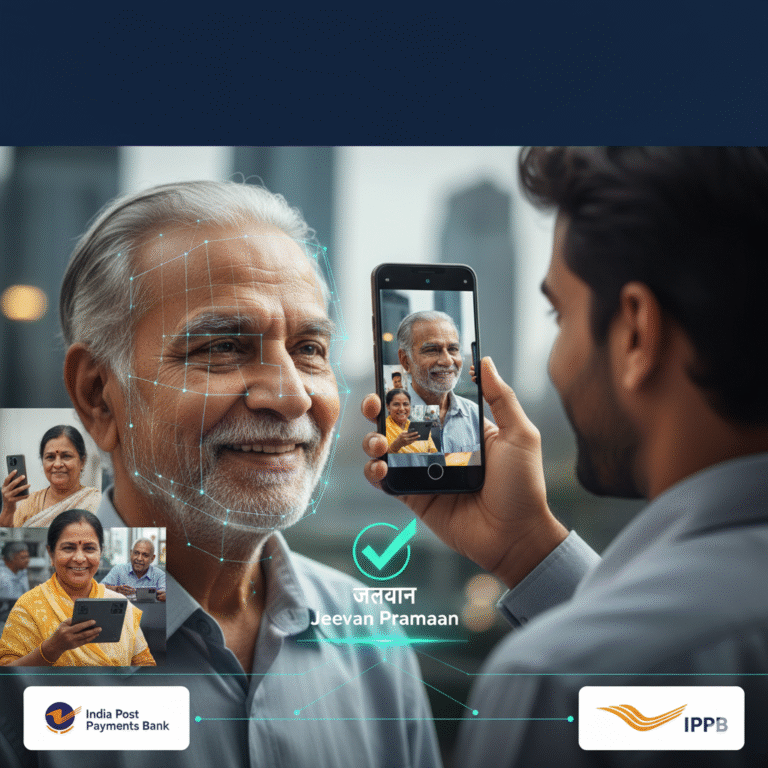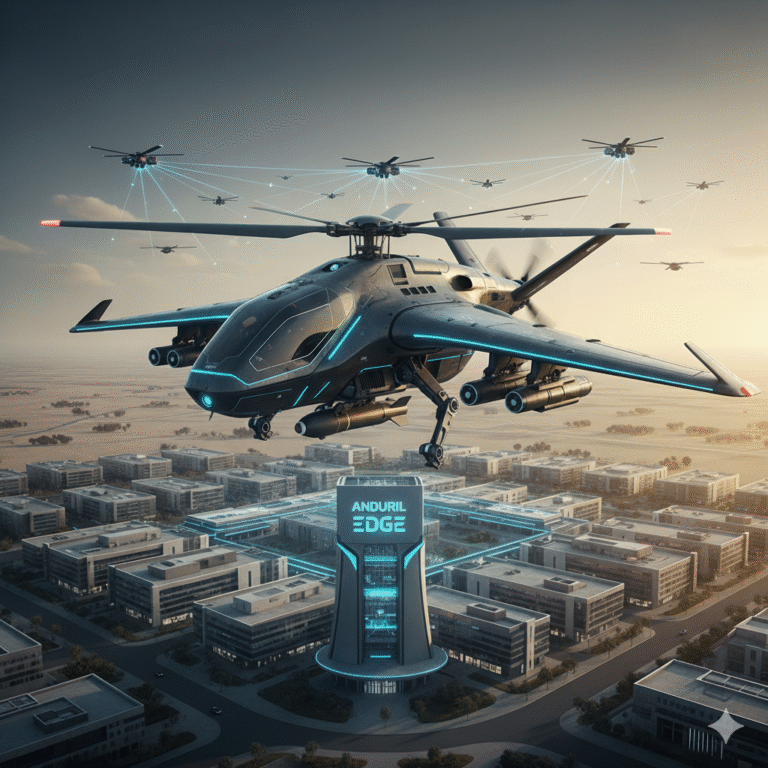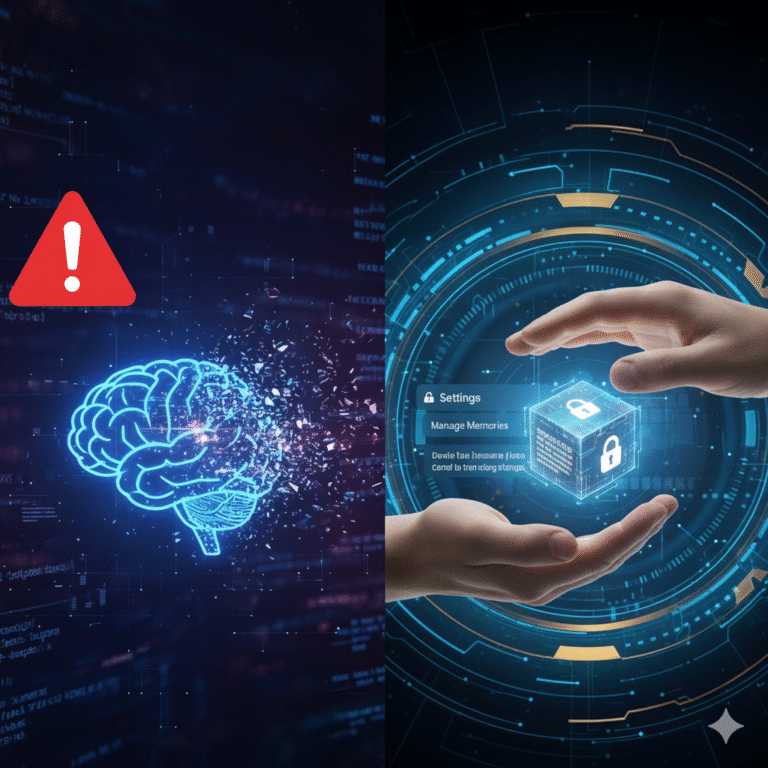The online shopping experience has undergone a remarkable transformation in recent years, moving beyond static images and product descriptions to offer immersive and interactive experiences. At the forefront of this revolution is AI-powered virtual try-on technology, which allows shoppers to virtually “try on” clothes, accessories, and even makeup, providing a realistic preview of how products will look on them.1 This innovative technology is bridging the gap between the physical and digital shopping experience, enhancing customer satisfaction and driving sales.
How AI Powers Virtual Try-Ons
AI plays a crucial role in enabling realistic virtual try-on experiences. Key technologies involved include:
- Computer Vision: This field of AI allows computers to “see” and interpret images, enabling the accurate mapping of facial features, body shapes, and clothing dimensions.
- Image Recognition: AI algorithms analyze images of products and individuals, identifying key features and patterns that are essential for accurate virtual try-on.
- 3D Modeling: AI is used to create 3D models of products and body shapes, allowing for realistic simulations of how garments will fit and drape.
- Augmented Reality (AR): AR technology overlays digital information onto the real world, enabling users to virtually try on products using their smartphone cameras.
Applications of AI in Virtual Try-Ons
- Fashion: Virtual try-on technology is widely used in the fashion industry, allowing shoppers to virtually try on clothes, shoes, accessories, and even jewelry. This includes trying on different sizes, colors, and styles to find the perfect fit.
- Beauty: AI-powered virtual try-on tools enable users to experiment with different makeup looks, hairstyles, and even cosmetic procedures, providing a fun and interactive experience.
- Eyewear: Virtual try-on is particularly useful for trying on eyeglasses and sunglasses, allowing users to see how different frames will look on their face.
- Jewelry: Users can virtually try on necklaces, earrings, and bracelets to see how they look and complement their style.
- Home Decor: AI can be used to visualize how furniture and decor items will look in a user’s home environment, helping them make informed purchase decisions.
Benefits of AI-Powered Virtual Try-Ons
- Enhanced Customer Experience: Virtual try-on technology provides a more immersive and engaging shopping experience, reducing the risk of purchase returns and increasing customer satisfaction.
- Reduced Returns: By allowing customers to visualize how products will look on them, virtual try-on can significantly reduce the number of returns, saving time and resources for both businesses and customers.
- Increased Sales: By providing a more convenient and enjoyable shopping experience, virtual try-on can drive sales and boost revenue.
- Improved Brand Loyalty: By offering innovative and engaging shopping experiences, businesses can build stronger brand loyalty and attract new customers.
- Data-Driven Insights: Virtual try-on technology can provide valuable data on customer preferences, which can be used to improve product design, marketing campaigns, and inventory management.
Challenges and Considerations
- Accuracy and Realism: Creating accurate and realistic virtual try-on experiences requires sophisticated AI algorithms and high-quality data.
- Technical Limitations: Current technology may not be able to accurately capture and model all body shapes and sizes, leading to limitations in the accuracy of virtual try-ons.
- Data Privacy: Collecting and using user data for virtual try-on experiences raises privacy concerns. Businesses must ensure that user data is collected and used responsibly and ethically.
- User Experience: Creating a seamless and intuitive user experience for virtual try-on technology is crucial for its successful adoption.
- Integration Challenges: Integrating virtual try-on technology into existing e-commerce platforms can be complex and may require significant technical expertise.
The Future of AI in Virtual Try-Ons
The future of AI in virtual try-ons is bright. As AI technology continues to evolve, we can expect to see even more realistic and immersive virtual try-on experiences. The integration of AR and VR technologies will further enhance the shopping experience, allowing users to interact with products in a more realistic and engaging way.
Conclusion
AI-powered virtual try-on technology is transforming the online shopping experience, providing a more personalized, convenient, and engaging way for customers to discover and purchase products. By bridging the gap between the physical and digital worlds, virtual try-on is revolutionizing the way we shop and paving the way for a future where online shopping is as seamless and enjoyable as the in-store experience.
Frequently Asked Questions (FAQs)
- What is AI-powered virtual try-on?
- AI-powered virtual try-on technology allows users to virtually “try on” products, such as clothes, accessories, and makeup, online.
- How does AI power virtual try-on?
- AI algorithms use computer vision, image recognition, 3D modeling, and AR to create realistic virtual try-on experiences.
- What are the benefits of AI-powered virtual try-on?
- Enhanced customer experience, reduced returns, increased sales, improved brand loyalty, and data-driven insights.
- How is AI-powered virtual try-on used in the fashion industry?
- Virtual try-on is widely used in fashion to allow shoppers to try on clothes, shoes, and accessories virtually.
- What are the challenges of AI-powered virtual try-on?
- Accuracy and realism, technical limitations, data privacy concerns, user experience, and integration challenges.
- What is the role of AR in virtual try-on?
- AR overlays digital information onto the real world, enabling users to try on products using their smartphone cameras.
- How can AI-powered virtual try-on reduce returns?
- By allowing customers to visualize how products will look on them, reducing the risk of purchasing items that don’t fit or suit them.
- What are the privacy concerns related to AI-powered virtual try-on?
- Concerns include the collection and use of user data, such as facial scans and body measurements.
- How can businesses ensure the privacy of user data in virtual try-on?
- By implementing strong data security measures, obtaining user consent, and being transparent about how user data is collected and used.
- What is the future of AI-powered virtual try-on?
- The future holds even more immersive and realistic experiences, with integration of VR and other emerging technologies.
- How can AI-powered virtual try-on improve product design?
- By collecting data on customer preferences and fit feedback, AI can help businesses improve product design and sizing.
- What are some examples of companies using AI-powered virtual try-on?
- Many e-commerce platforms, including Amazon, Sephora, and Warby Parker, offer virtual try-on experiences.
- How can AI-powered virtual try-on contribute to sustainability?
- By reducing returns and minimizing the environmental impact of shipping and returns.
- What are the ethical considerations related to AI-powered virtual try-on?
- Ensuring fairness, accuracy, and transparency in the use of AI algorithms and addressing potential biases.
- How can businesses create a seamless user experience for AI-powered virtual try-on?
- By investing in user-friendly interfaces, providing clear instructions, and ensuring that the technology is easy to use.









+ There are no comments
Add yours